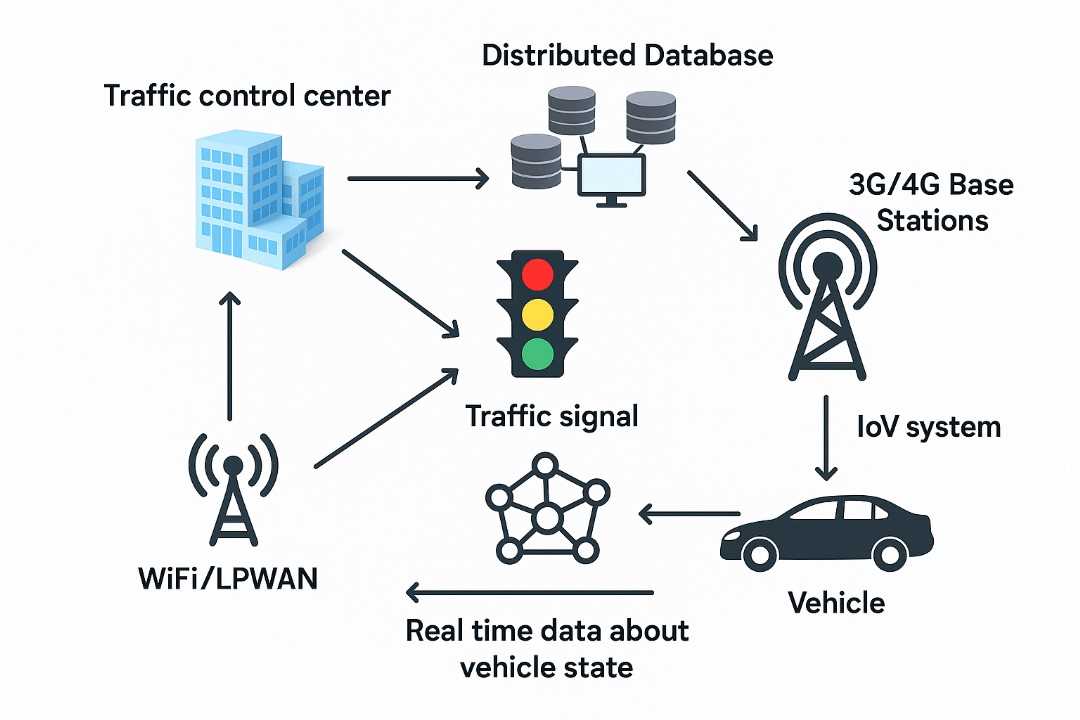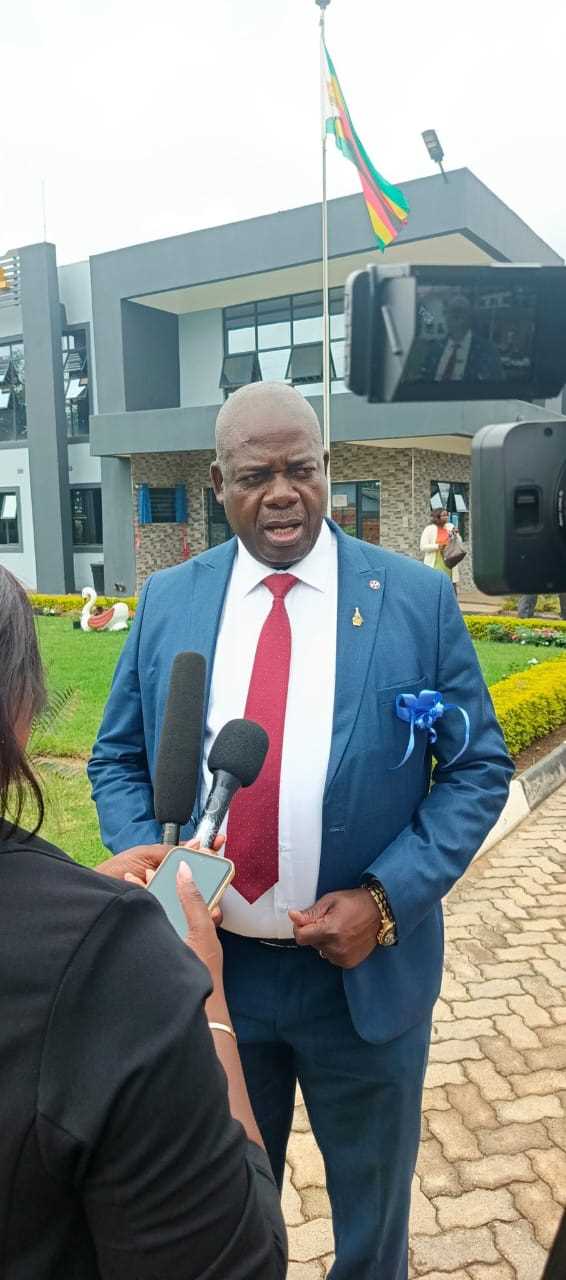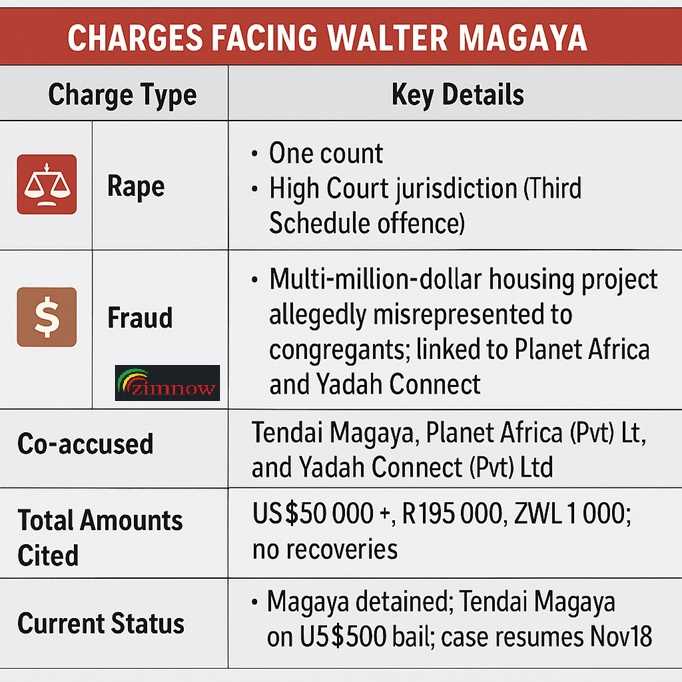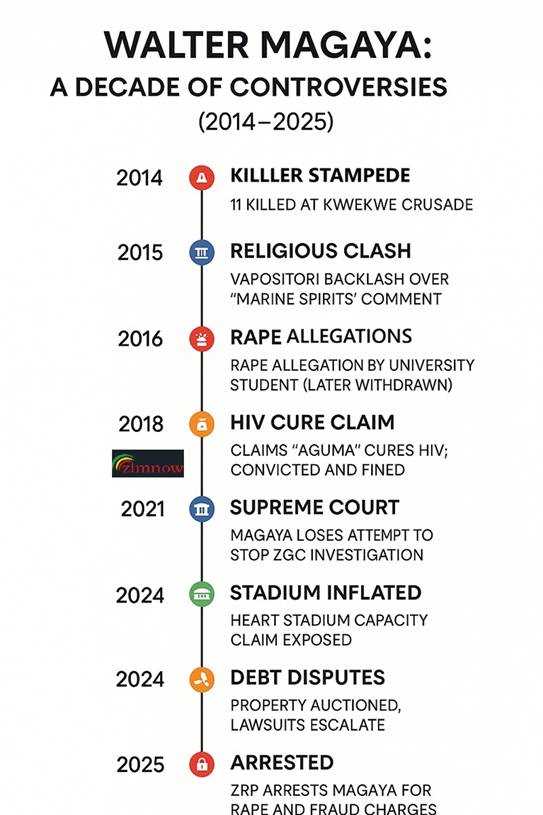
Oscar J Jeke - Zim Now Reporter
Government has approved the accelerated rollout of an AI-powered Home-Grown Smart Traffic Management System developed by TelOne, making strides towards addressing chronic traffic congestion, road accidents, and violations of traffic laws.
The system, first piloted in 2020 under a Proof of Concept initiative during the COVID-19 pandemic, forms a key part of the Safe City Project and harnesses cutting-edge technologies including Artificial Intelligence, the Internet of Things, and big data analytics to revolutionize traffic control and public safety.
Information Minister Jenfan Muswere confirmed the development during Tuesday’s post-Cabinet press briefing, noting that the advanced system will now be deployed in phases, starting with Harare and Bulawayo before extending to other urban centers.
“The Home-Grown Smart Traffic Management System represents a major breakthrough in using local innovation to solve domestic challenges. It not only streamlines traffic flow but also enhances transparency, accountability, and enforcement of road rules,” Muswere said.
Related Stories
The development and adaption of the TelOne model however, comes at a time when government had agreed a build, fund and operate system model in Bulawayo and Harare, with an international firm having approved also the introduction of traffic cameras and computer-based traffic violation detection.
Key features of the TelOne-developed system include intelligent traffic cameras equipped with Automatic Number Plate Recognition and facial recognition technologies, AI-driven video analytics, predictive traffic flow algorithms, and mobile interfaces for real-time updates and instant fine payments.
Through integration with national databases such as those from the Zimbabwe National Road Administration, the Central Vehicle Registry, and the Civil Registry, the system is capable of identifying offenders with precision. It automatically detects a wide range of infractions, including speeding, running red lights, wrong-way driving, illegal parking, and failure to wear seatbelts.
The Minister warned that violators will be immediately notified and provided with evidence of their offences, while an enforcement module processes fines electronically. He added that the system is also designed to support wider crime prevention by detecting crowd formation, loitering, and suspicious activities like pick-pocketing.
“It detects a wide range of traffic infractions, including red-light violations, speeding, disobeying stop signs, wrong-way driving, illegal parking, failure to wear seatbelts, traffic sign or road marking violations, improper lane changes, and many others. It then notifies violators and enables them to review evidence of the offence. Additionally, the system is configured to perform various other crime management functions, such as crowd detection and monitoring, pickpocketing and loitering, among others,” the minister noted.




















Leave Comments